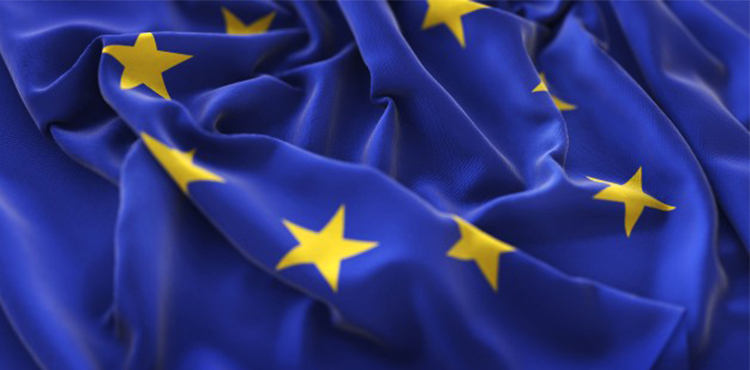The Euro-Zone grew more than forecasted at the start of the year as the region moved past the wave of COVID-19 infections and headwinds from the early days of the war in Ukraine.
The economic output rose 0.3% in the first quarter exceeding what was forecasted of 0.2%, according to Eurostat figures released Tuesday. Employment, meanwhile, gained 0.5% over same period.
The data highlight Europe’s underlying strength as consumers emerge from the pandemic with pent-up demand and large amounts of savings, allowing them to better withstand the pressures created by Russia’s invasion.
Even so, the conflict has added to cost-of-living concerns by stoking energy prices and feeding already record euro-zone inflation.
Earlier this week the European Commission cut its euro-zone growth projections for 2022 to 2.7% from 4% – although it expects the labor market to improve.
Employment in the currency bloc rose for a fourth straight quarter, pushing the total further above its pre-pandemic level, surpassed at the end of last year.
European Central Bank Executive Board member Fabio Panetta warned this month that the economy is “de facto stagnating,” making it difficult for central bankers to decide on their next steps before seeing data for economic activity this quarter.




